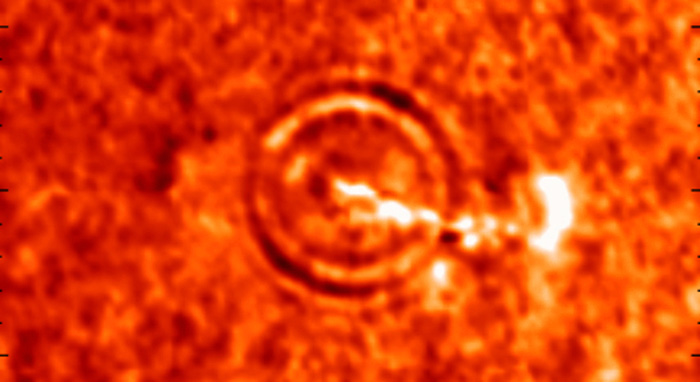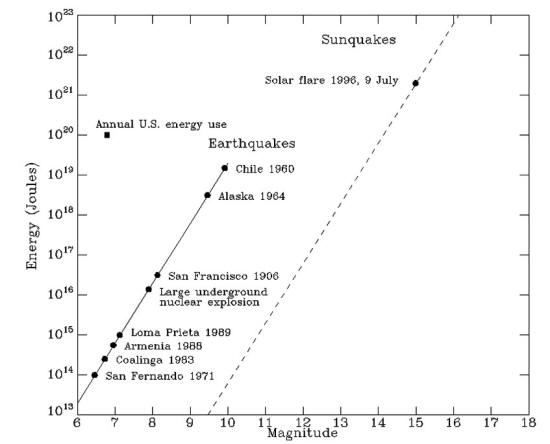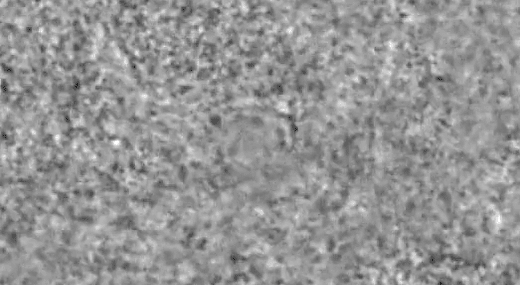|
May 13, 2022 from SpaceWeather Website
recorded by SOHO on July 9, 1996.
Twenty-six years ago, researchers discovered,
A team led by Dr. Alexander Kosovichev, then at Stanford University, found circular waves rippling from the core of some solar flares, like in above image.
These solar seismic waves appear to be compression waves like the "P" waves generated by an earthquake.
They travel through the sun's interior and probably recombine on the opposite side of the sun to create a faint duplicate of the original ripple pattern.
Not all flares produce them, which is a mystery. Moreover, the ripples behave strangely. A typical wave starts off at an initial speed of ~20,000 mph, then accelerates to a maximum of 250,000 mph before disappearing.
No one knows exactly why...
The movie below, centered
on the blast site, shows concentric rings emerging from the
turbulent surface of the sun:
A sunquake on May 10, 2022. Dopplergram movie
credit: NASA/SDO
This week's sunquake he has left in its raw form - not quite as easy to see, but just as impressive for a different reason.
Solar Cycle 25 is intensifying rapidly and many more sunquakes are in the offing.
The mysterious ripples could teach researchers a great deal about the magnetic underpinnings (Submerged Sources of Transient Acoustic Emission from Solar Flares) of sunspots and how they produce the strongest flares.
Let the tremors begin...
|




